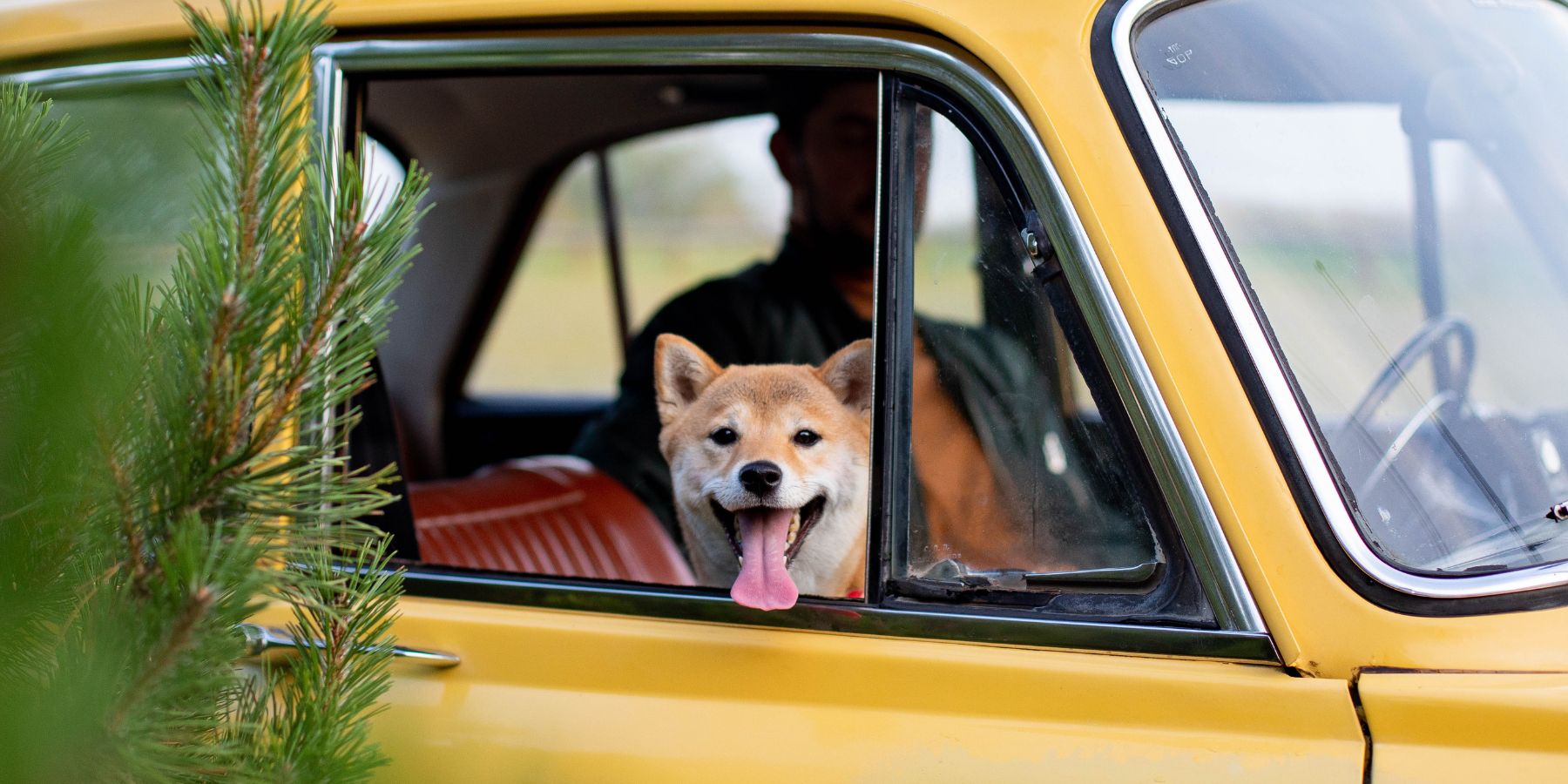As a loving dog owner, one of the greatest joys is taking our furry friends on adventures. Whether it’s a trip to the park or a family vacation, ensuring your dog’s safety in the car is as important as your own. Here’s a simple guide on how to keep your dog safe while traveling by car.
1. Use a Harness
The first and most crucial step is to use a harness specifically designed for car travel. A harness is much safer than a collar as it distributes the force across a larger area of your dog’s body in case of sudden stops. Ensure the harness fits well and is comfortable for your dog. If you are looking for a harness for your dog, click here to learn more.
2. Secure the Harness Correctly
Once your dog is harnessed, it’s important to secure it to the car. Many dog harnesses come with attachments that can be clicked into the seat belt buckle. If your harness doesn’t have this, you can purchase a separate attachment. This prevents your dog from moving around too much and keeps them secure in their seat.
3. Choose the Right Seat
The safest place for your dog is the back seat, especially for smaller breeds. The front seat can be dangerous due to airbags and the temptation for your dog to try and sit in your lap while driving. If you have a larger dog, the cargo area of an SUV with a barrier can also be a safe option.
4. Provide a Comfortable Bed or Mat
Placing a comfortable bed or mat in the backseat can help your dog feel more secure and comfortable during the ride. It also helps to protect your car’s upholstery from dirt and pet hair.
5. Avoid Letting Your Dog Stick Their Head Out the Window
While many dogs love the sensation of wind on their faces, allowing them to stick their heads out the window can be dangerous. They can be hit by passing objects, and the wind can dry out their eyes and nose.
6. Take Regular Breaks
On longer trips, it’s important to take regular breaks. Every couple of hours, stop to let your dog out for a bathroom break and a short walk. This helps them stretch their legs and relieves any anxiety or restlessness.
7. Never Leave Your Dog Alone in the Car
Never leave your dog alone in a parked car, even with the windows cracked. Cars can heat up quickly, even on mildly warm days, and can be fatal for your dog.
8. Keep the Car Well-Ventilated
Ensure your car is well-ventilated during the journey. A comfortable temperature and fresh air are important, especially on hot days. Avoid extreme temperatures and direct sunlight on your dog.
9. Familiarize Your Dog with the Car
If your dog isn’t used to car rides, start with short trips around the neighborhood. Gradually increase the length of the trips as they become more comfortable. This helps reduce anxiety and car sickness.
10. Bring Water and Snacks
Just like us, dogs can get hungry and thirsty on the road. Bring a water bowl and a bottle of water, along with their favorite snacks. This is especially important during long trips.
11. Keep a First Aid Kit
Having a first
aid kit for your dog is always a good idea. Include items like bandages, antiseptic wipes, and any medication your dog may need. It’s better to be prepared for any minor injuries or emergencies.
12. Use a Pet Barrier or Crate for Larger Dogs
For larger dogs, a pet barrier or a secured crate can be a safer option. It keeps them contained in one area and prevents them from jumping into the front seat or causing distractions.
13. Desensitize Your Dog to Car Rides
Some dogs may be anxious or fearful of car rides. You can help them by gradually acclimating them to the car environment. Start by spending time in the car with them without going anywhere, then progress to short, pleasant trips.
14. Avoid Feeding Before Travel
To prevent car sickness, avoid feeding your dog right before a car trip. It’s best to feed them a few hours before you leave. If your dog is prone to motion sickness, consult your vet for solutions.
15. Positive Reinforcement
Use positive reinforcement to make car rides a pleasant experience for your dog. Reward them with treats and praise to associate car travel with positive outcomes.
Conclusion
Traveling with your dog can be a wonderful experience, but it’s crucial to prioritize their safety. By following these simple steps, you can ensure that your furry friend is secure and comfortable on your car journeys. Remember, every dog is different, and what works for one may not work for another. Be patient, and soon car rides will be a joy for both of you!
Have you tried any of these tips, or do you have other suggestions for safe car travel with dogs? Feel free to share your experiences in the comments below. Your advice could help fellow pet owners ensure safer and happier journeys for their four-legged companions.

